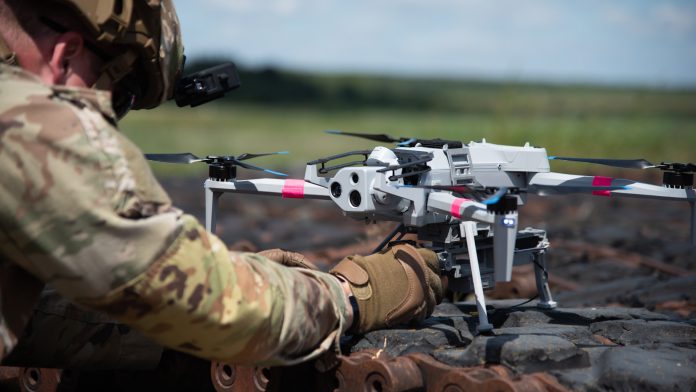Recent military exercises in Alaska revealed critical gaps in U.S. drone capabilities. American-made prototype drones frequently failed to launch, missed targets, or crashed, while jamming equipment used by soldiers often proved ineffective. Pentagon officials and defense tech experts — including the Defense Innovation Unit’s Trent Emeneker — say the U.S. trails China and Russia in drone production, troop training and counter-drone defenses.
While the U.S. has built complex systems like the Reaper and Predator drones — each costing tens of millions — China’s DJI dominates the commercial market, producing millions of low-cost units annually. Due to cybersecurity concerns, U.S. law bars the military from purchasing DJI drones, leaving domestic suppliers struggling to scale.
What changes did the Pentagon announce?
In a July 2025 video announcement, Defense Secretary Pete Hegseth introduced sweeping reforms to accelerate drone acquisition and fielding. Under a new Pentagon policy memo titled “Unleashing U.S. Military Drone Dominance,” small drones — classified as Group 1 and Group 2 — will now be treated like expendable munitions rather than durable aircraft. This reclassification allows lower-level commanders to directly purchase, test and deploy them.
The policy also relaxes airworthiness requirements, bypasses some NATO standards and promotes 3D printing for rapid field production. Installations will establish new drone training ranges and each military branch must form dedicated drone units and offices by fall 2025.
What role does private industry play?
U.S. drone startups, often backed by private capital, are racing to meet demand. Companies like Neros, Anduril and Unusual Machines are developing systems aimed at replacing reliance on foreign-made drones. Neros, which supplies Ukraine and participated in the Alaska exercise, stood out with its Archer drone, which resisted jamming and remained operational.
However, most U.S. companies are small in scale. About 500 domestic drone firms exist, but few can match the production volume or reliability of DJI. Officials say scaling up will take time and substantial investment.
Why does this matter for future conflicts?
The Pentagon’s focus is largely on potential large-scale conflict in the Indo-Pacific, where China has demonstrated expanding drone and naval power. Officials believe the U.S. must shift quickly to meet battlefield realities seen in Ukraine, where small drones have reshaped combat operations. Hegseth’s policy memo stresses that “every squad” should have access to low-cost drones by the end of 2026, with priority given to Indo-Pacific combat units.
While small drones may face limitations in long-range Pacific theaters, they remain vital for tactical missions and asymmetric warfare. Leaders say these changes are necessary to ensure U.S. forces can compete in future drone-dominated battlefields.

